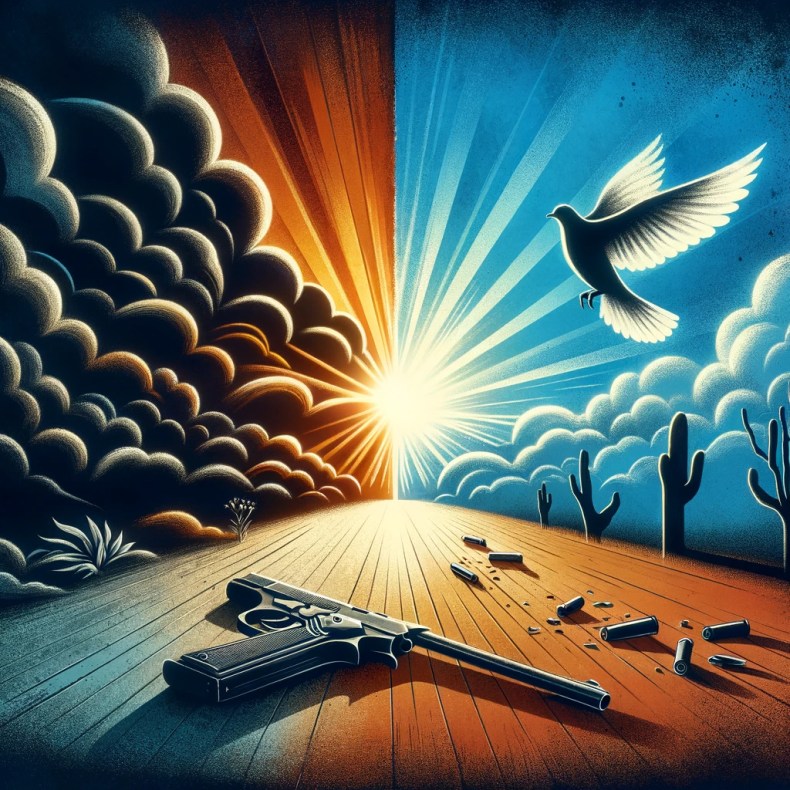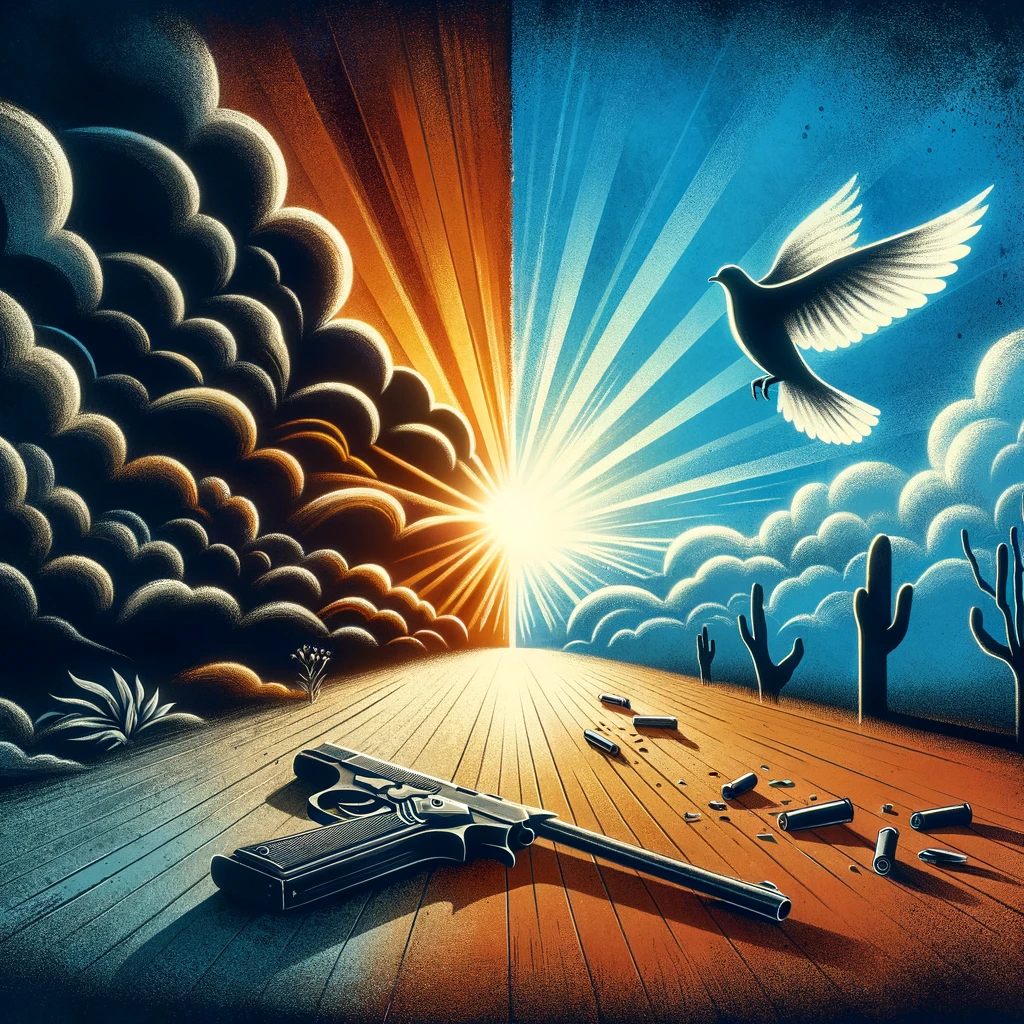On March 13, 1996, the tranquil town of Dunblane, Scotland, was thrust into the global spotlight for a harrowing reason. The Dunblane Primary School became the scene of one of the deadliest mass shootings in UK history when Thomas Hamilton, armed with four handguns, murdered 16 children and their teacher in a senseless act of violence before taking his own life. This tragedy not only devastated families but also ignited a nationwide debate on gun control that would lead to significant legislative changes in the United Kingdom.
Catalyst for Change: Tightening Gun Laws
Before Dunblane, the UK had relatively strict gun laws, but the possession of handguns was still legal. The public outcry in the wake of the massacre was immediate and overwhelming. A key component of the response was the Snowdrop Campaign, named after the first flower to bloom in spring, symbolizing hope and renewal. The campaign, driven by the families of the victims and supported by the wider public, called for a total ban on the private ownership of handguns.
The UK government responded to this call for action by introducing the Firearms (Amendment) Act 1997, which outlawed the private ownership of most handguns above .22 calibre. The following year, the Firearms (Amendment) (No. 2) Act 1997 extended this ban to include all handguns, with very few exceptions, effectively making the UK one of the nations with the strictest gun control laws.
The Impact on Mass Shootings
The legislative changes that followed the Dunblane massacre had a profound and lasting impact on the frequency and nature of mass shootings in the UK. Since the implementation of the new gun laws, there have been significantly fewer incidents of mass shootings. The laws did not just restrict access to handguns; they also included provisions for stricter background checks, mandatory registration, and secure storage of firearms, contributing to a comprehensive approach to gun control.
Comparative studies have shown that the rate of firearm-related homicides and suicides in the UK is among the lowest in the world, highlighting the effectiveness of its gun control measures. Critics of gun control argue that individuals with intent to harm will find alternative methods, but the evidence from the UK suggests that limiting access to firearms can and does prevent potential mass shootings.
Global Perspective and Ongoing Debate
The transformation of UK gun laws in the aftermath of Dunblane offers a poignant case study in how a nation can respond to tragedy with legislative action aimed at preventing future violence. It contrasts sharply with countries where gun control remains a contentious issue, and mass shootings occur with alarming frequency.
While the UK’s approach has not eradicated all forms of violence, it has significantly reduced the likelihood of mass shootings. This legacy of Dunblane serves as a powerful argument for the potential of gun control measures to save lives. It also continues to fuel debates worldwide about the balance between the right to bear arms and the need to protect public safety.

The Dunblane massacre was a defining moment in UK history, one that brought unimaginable loss but also spurred a movement towards stricter gun control that has had a lasting impact on the country’s safety. The transformation in UK gun laws serves as a testament to what can be achieved when a society comes together to demand change in the wake of tragedy. While the debate over gun control continues globally, the legacy of Dunblane remains a beacon of hope for those advocating for a safer, more peaceful world.

2 thoughts on “The Legacy of Dunblane: How Tragedy Transformed UK Gun Laws”